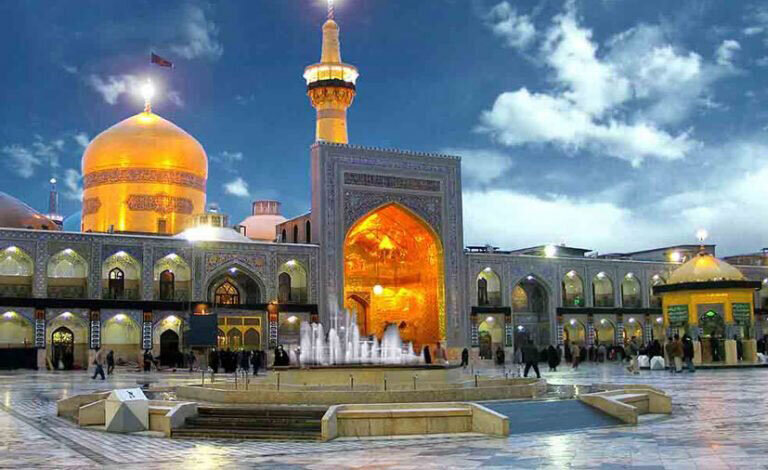
Similar Posts
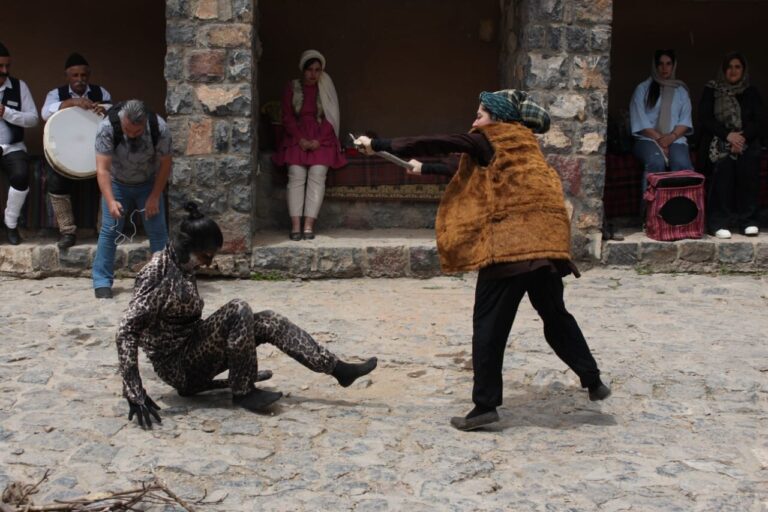
Discover Iran’s Kandelous: Transforming Folk Tales into a Thriving Tourism Gem
“Mina and the Leopard” is a beloved oral legend from Kandelous, Iran, dating back to the early 1900s. The tale follows Mina, a young woman who forms a poetic bond with a leopard in the forest, symbolizing deep emotional connections. This story has revitalized storytelling tours and local performances, enriching the village’s cultural identity and attracting tourists. Kandelous offers various accommodations, tranquil parks, and renowned medicinal plant farms, making it a hub for traditional herbal medicine. Visitors can also enjoy traditional Iranian cuisine and vibrant handicraft markets, ensuring a memorable experience that intertwines culture, nature, and folklore.
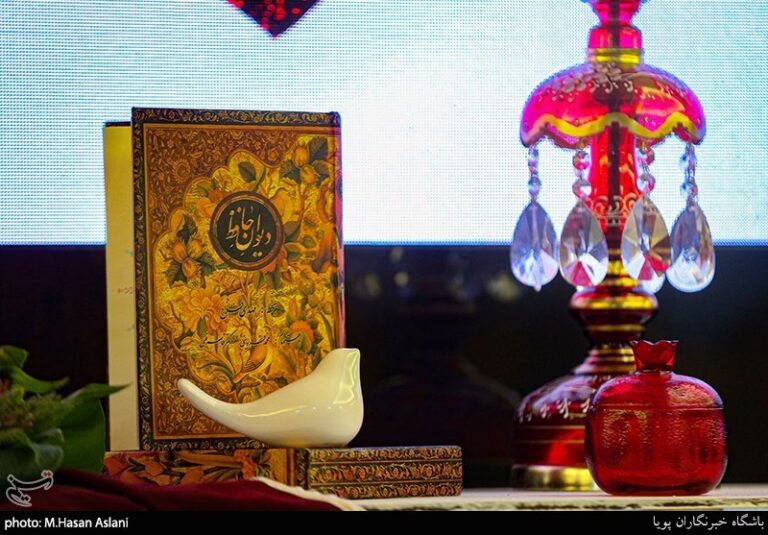
Celebrate Yalda Night: Discover the Magic of Iran’s Timeless Tradition!
Yalda Night, or Chelleh Night, is a significant cultural celebration in Iran, marking the longest and darkest night of the year. It symbolizes the triumph of light over darkness and the arrival of winter. Families gather to share traditional foods such as watermelon, pomegranates, and sweets, read poetry from Hafiz, and exchange stories and horoscopes. This night emphasizes unity, love, and reflection on the past year, while also looking forward to the future. Public celebrations featuring music and dance further enhance the festive atmosphere. Yalda Night encapsulates the essence of Iranian cultural identity and fosters a deep sense of community.
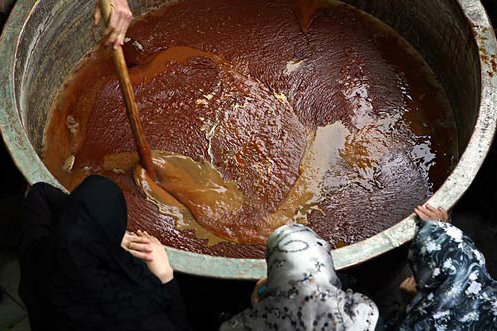
Vibrant Samanu Festival Lights Up Daraq, Eastern Iran: A Celebration of Tradition and Culture
The annual Samanu-Pazan Festival in Daraq, North Khorasan, Iran, recently celebrated the traditional creation of Samanu, a nutritious paste made from wheat germ. Organized by local cultural authorities, the festival highlights the region’s rich heritage and fosters community spirit. This year, 14 large pots of Samanu were prepared, showcasing the cooking process and its cultural significance. Daraq is renowned as the “capital of Samanu,” known for its exceptional flavor and longevity, lasting up to two years without refrigeration. Coinciding with Nowruz, the Iranian New Year, the festival attracts tourists and promotes local traditions, ensuring their preservation for future generations.
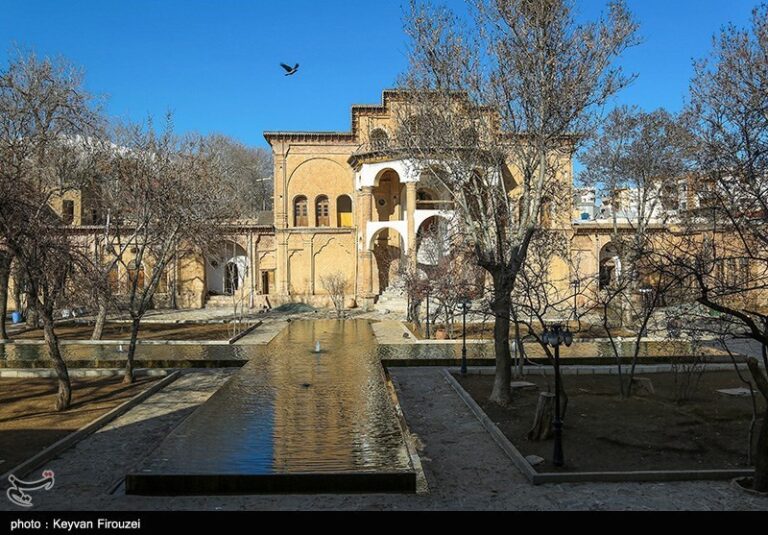
Discover the Khosrowabad Mansion: A Hidden Gem of Historical Architecture in Western Iran
The Khosrowabad Mansion, located in Sanandaj, Iran, is a historic site from the Qajar dynasty, constructed in 1223 A.H. by Amanollah Khan Ardalan. Spanning 6,000 square meters, it showcases intricate plasterwork, distinctive brickwork, and elegant sash windows, reflecting the artistic skills of the era. A large pool, fed by aqueducts from Mount Abidar, enhances its beauty. Officially recognized as a national monument, the mansion offers insights into Iran’s cultural heritage, making it a popular destination for tourists. With its rich history, stunning architecture, and beautiful surroundings, the Khosrowabad Mansion is a must-visit for anyone exploring Kurdistan.
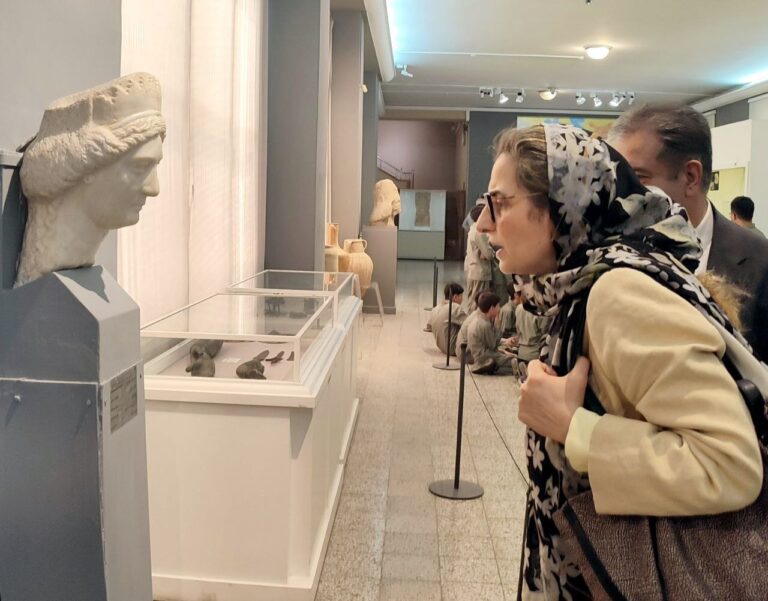
Exploring Cultural Ties: Italian Ambassador’s Inspiring Visit to Iran’s National Museum
On Tuesday, Italian Ambassador Paola Amadei visited the National Museum of Iran, meeting with director-general Jebrael Nokandeh to discuss enhancing cultural cooperation between Italy and Iran. The discussions focused on museology, restoration, and archaeology, highlighting past successful collaborations, such as exhibitions and research projects. Both nations expressed a commitment to expanding partnerships in cultural heritage preservation. The visit included a tour of the museum, showcasing artifacts from ancient Iranian civilizations. This engagement underscores the mutual respect and shared heritage between Italy and Iran, paving the way for future initiatives that promote cultural understanding and appreciation.
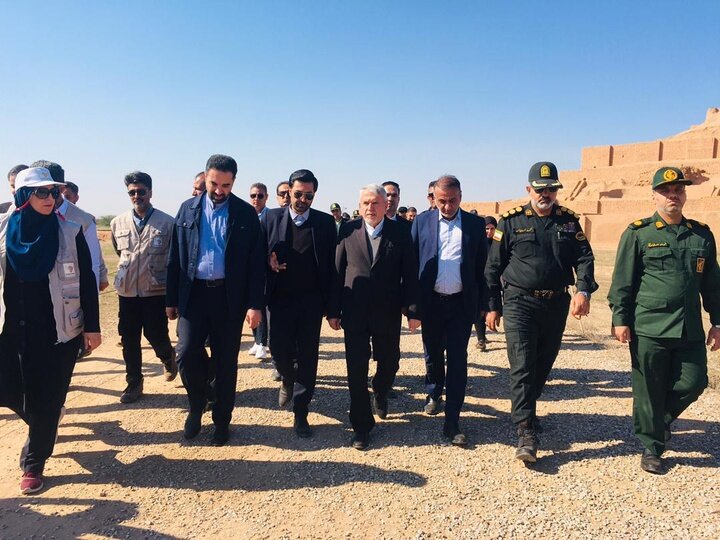
Tourism Minister Explores Susa’s Rich Heritage: A Glimpse into its ‘Glorious’ World Heritage Status
Iran’s Minister of Cultural Heritage, Seyyed Reza Salehi-Amiri, visited the UNESCO World Heritage site of Susa, emphasizing its universal significance and role in Iranian identity. He described Susa as “the land of mysteries,” highlighting its importance to humanity and calling for educational initiatives to promote its history among younger generations. Salehi-Amiri advocated for improved infrastructure and greater media efforts to enhance Susa’s global image, while local officials stressed the need for renewed archaeological work, as less than 10% of its treasures have been excavated. Susa is seen as a potential major tourist hub, rich in cultural and historical heritage.